Northern Lights & Eight Seasons
NORTHERN LIGHTS
There are several factors affecting our chances of seeing the northern lights. To begin with there needs to be auroral activity happening above us, which is caused by storms on the surface of the sun. Even if this activity is strong, we might not be able to see any northern lights if the skies are cloudy or there is thick fog. Auroras also happen during the daytime but we don’t see them against a lit sky. Therefore in order to have the best chance of seeing this mesmerizing natural phenomenon, the sky needs to be as clear and dark as possible, which can often mean temperatures considerably below freezing. It also helps to be away from the light pollution of cities and towns.
According to the Finnish Meteorological Institute, the northern lights blaze in the skies of Northern Lapland three nights out of four. The most likely times for seeing the auroras are the hours either side of midnight. Early Spring and early Autumn are statistically the best times of year to view the lights, partly due to lesser cloud coverage. March, statistically the least cloudy month, is highly recommended for aurora chasing.
Inari and the rest of Northern Lapland, being close to the magnetic north pole, sit within the auroral zone. Sparsely populated and hundreds of kilometers away from the bright lights of large cities, Inari and its surrounding areas have minimal light pollution. However, in spite of its remote location, the village is easy to get to with plenty of modern services and comfortable accommodation, making it a popular aurora hunting destination.
You can find out how the northern lights are formed in the following video: http://youtu.be/1MI3YDGgtN4
BOOK AURORA TOURS HERE!
MIDNIGHT SUN
In the summer time, people in Inari get to experience the world famous Midnight sun. The Midnight sun is a natural phenomenon that occurs in the summer months in places north of the Arctic Circle or south of the Antarctic Circle.
During this period, the sun remains visible at the local midnight and even 24 hours for some time, giving plenty of time for late night sun-bathing, or just enjoying the experience of the magical midnight sun. The number of days per year with potential midnight sun increases the closer towards either pole one goes.
A quarter of Finland’s territory lies north of the Arctic Circle, and at the country’s northernmost point Utsjoki, the sun does not set at all for 60 days during summer.
EIGHT SEASONS
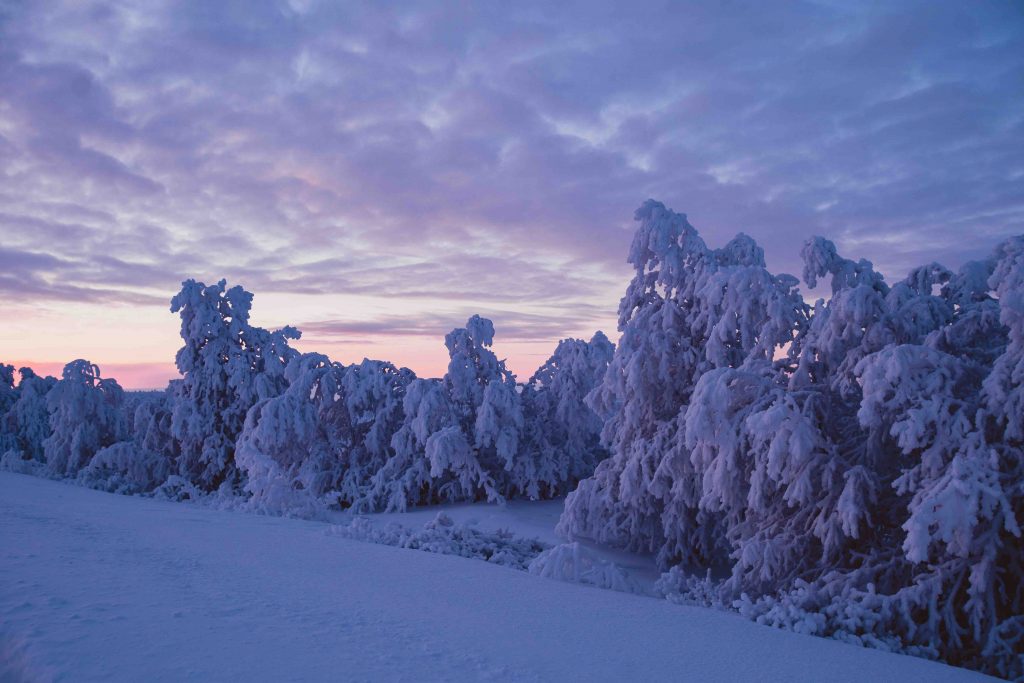
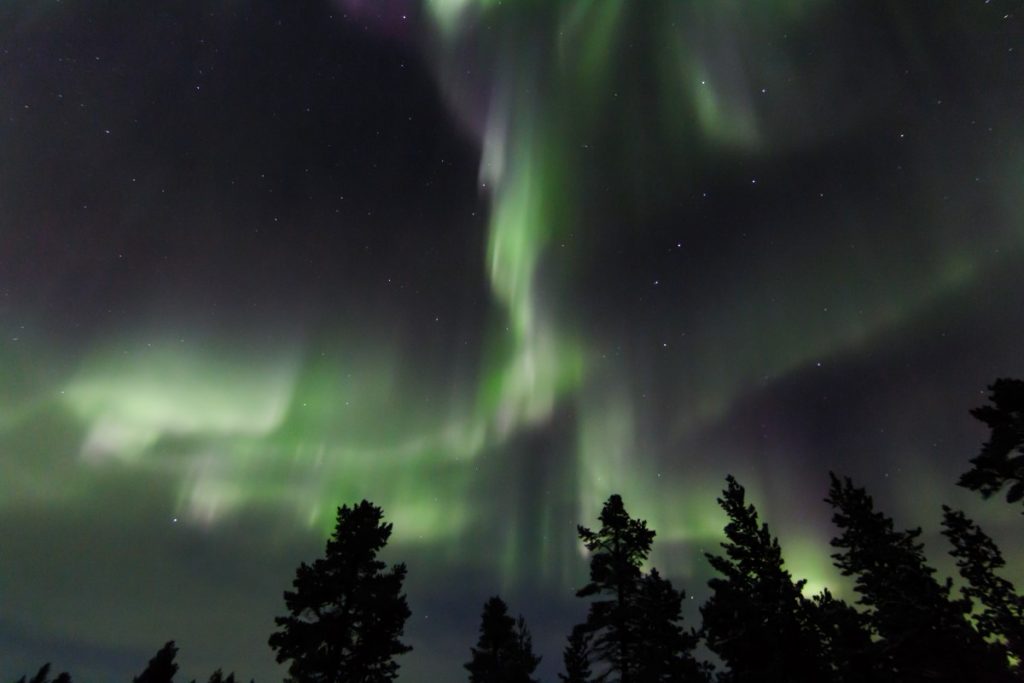
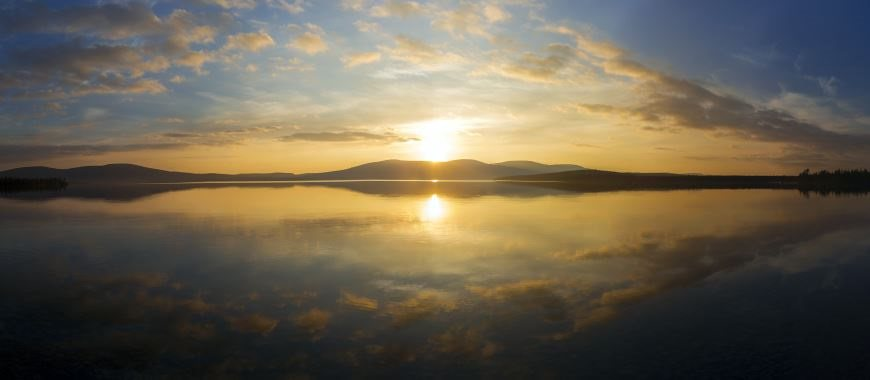
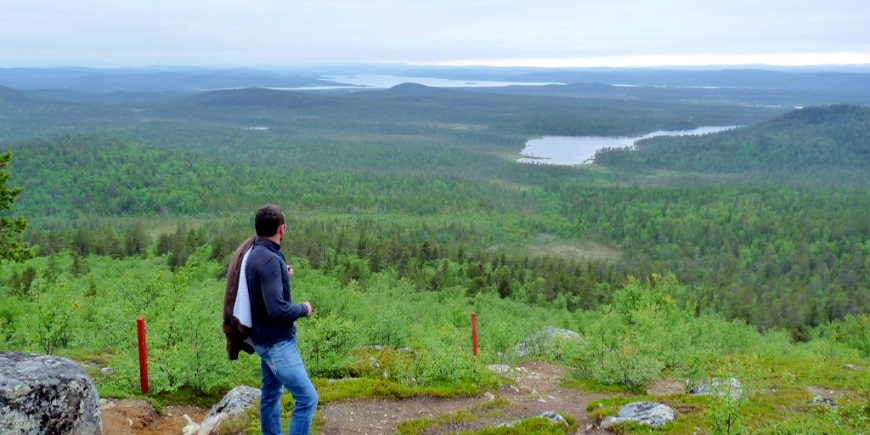

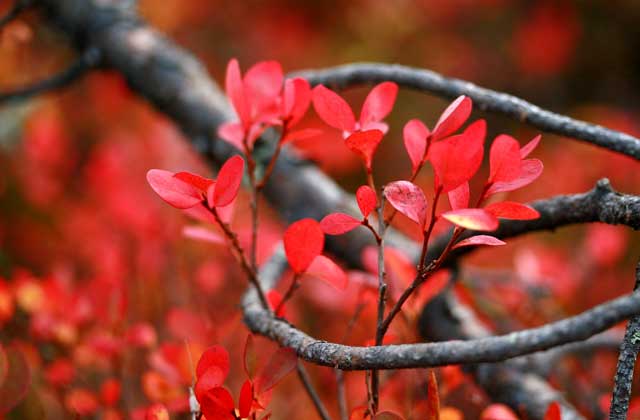
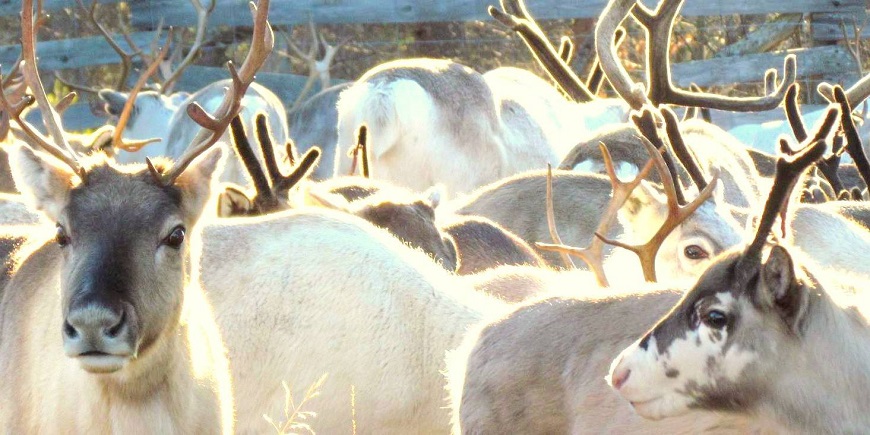
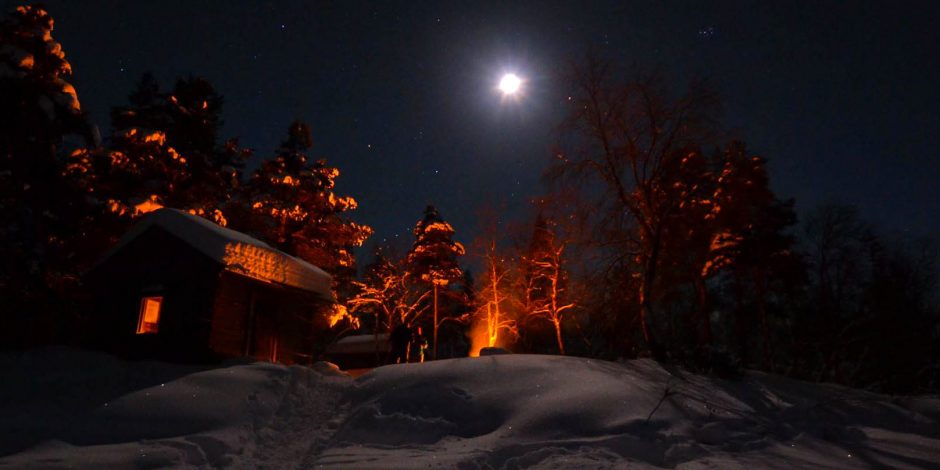
POLAR NIGHT – NOV- JAN
For one and a half months during the polar night the sun does not rise above the horizon. The lightest time of day starts between 10 and 11am and lasts for three to four hours, resembling a cloudy day with a hint of blue. The colour of the sky deepens from blue to violet, and then dark night draws in. The auroras and the stars light up the cold frost, cracking ice and fresh snow. Polar night is a time for calm reflection but is also a surprising feast of subtle and enchanting colours.
THE DEEP FREEZE – JAN-FEB
Following the onset of polar night, snowfall stays on the ground, temperatures drop and everything is frozen: the temperature can stay at -30 degrees for several weeks at a time. However, the light part of day starts to lengthen at an accelerating speed.
EARLY SPRING – MAR-APR
The warmth of the sun and subzero night temperatures harden the snow, making its surface able to support more weight. The sun stirs people to life up after a long period of darkness. These are the best conditions for ice-fishing and skiing, with the sun’s warming rays gladly welcomed by all.
SPRING MELT – MAY
In May snow and icecover melts and reveals the wet ground. Migrating birds return to their northern nesting sites from the south and nature starts to gradually show signs of life. Reindeer calves are born and fly fishers take to the riverbanks. Days are almost eternal. The sun remains above the horizon from the end of May and so begins the nightless night.
MIDSUMMER – JUNE-JUL
Although the sun by now has already been staying up around the clock for almost a month, Lapland’s summer officially starts on midsummer’s day, which is 21st June. With the summer being short, we spend as much time outdoors as possible, absorbing and making the most of the 24hr sunshine, which needs to meet our needs for the whole year.
WILD AUTUMN HARVEST – AUG
Berries ripen and people head to the cloud berry swamps and bilberry forests. It is also time for picking wild mushrooms and going fishing. Whatever is harvested is preserved and stored for winter. The long light days of summer shorten and the evenings start to get dimmer.
THE FLAMING COLOURS OF AUTUMN – SEP
Nature puts on a spectacular technicolour show across the tundra before the onset of winter. The changing colours of the leaves set the landscape on fire. The hunting season begins and autumn hikers arrive, marvelling at the rich and varied tones of the arctic trees and shrubs. It is already possible to see the first auroras in the dark autumnal skies.
FIRST SNOWFALL – OCT
The first snowfall already takes place in October, but often melts away. Actual winter arrives in Inari at the end of November. Subzero temperatures freeze the water as well as the land and the days shorten significantly. We wait for the arrival of snow in anticipation, for the snow brings light to the darkness of the northern winter.